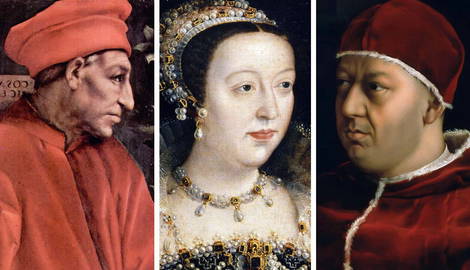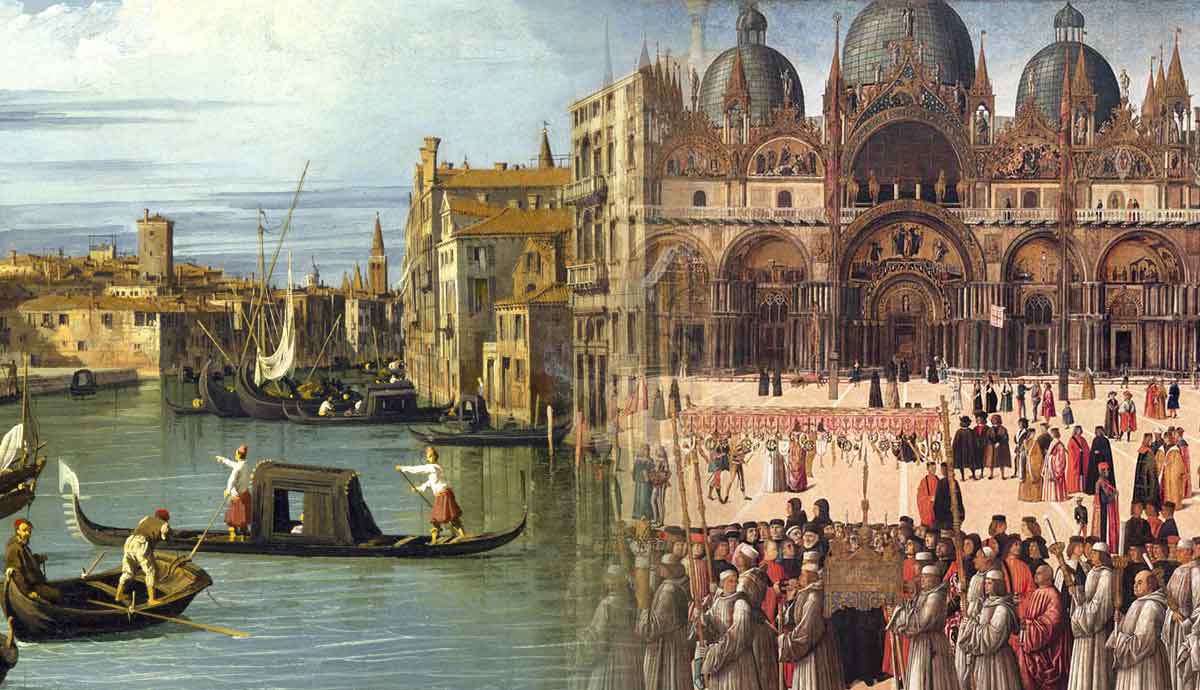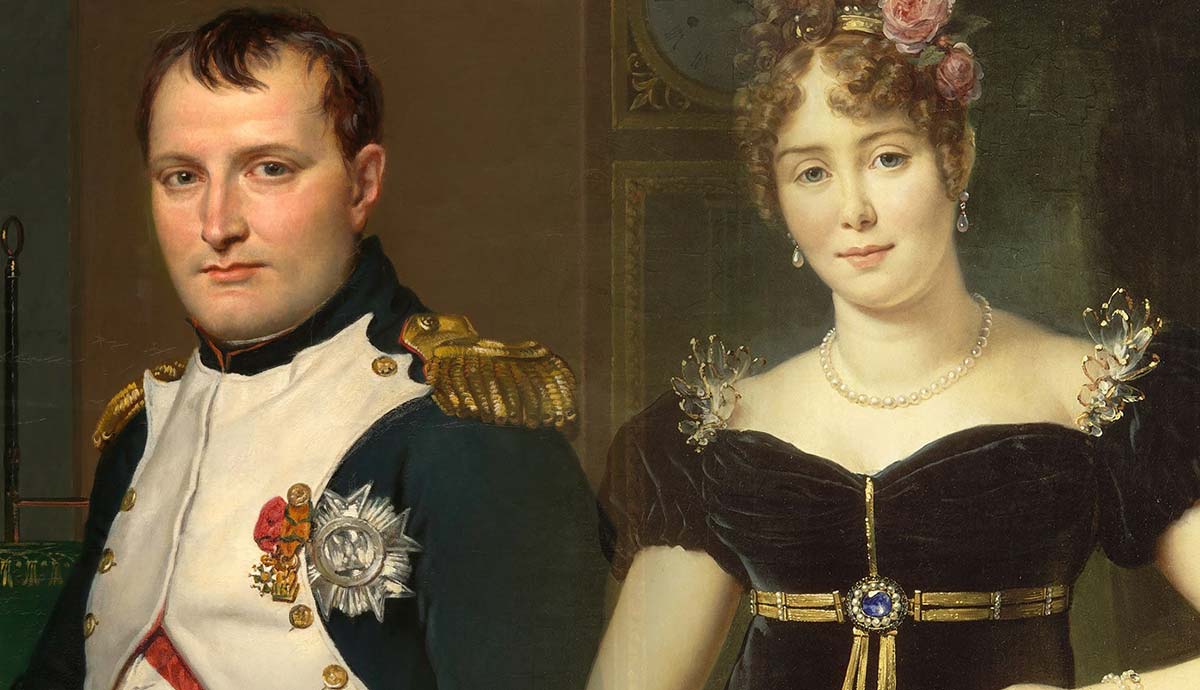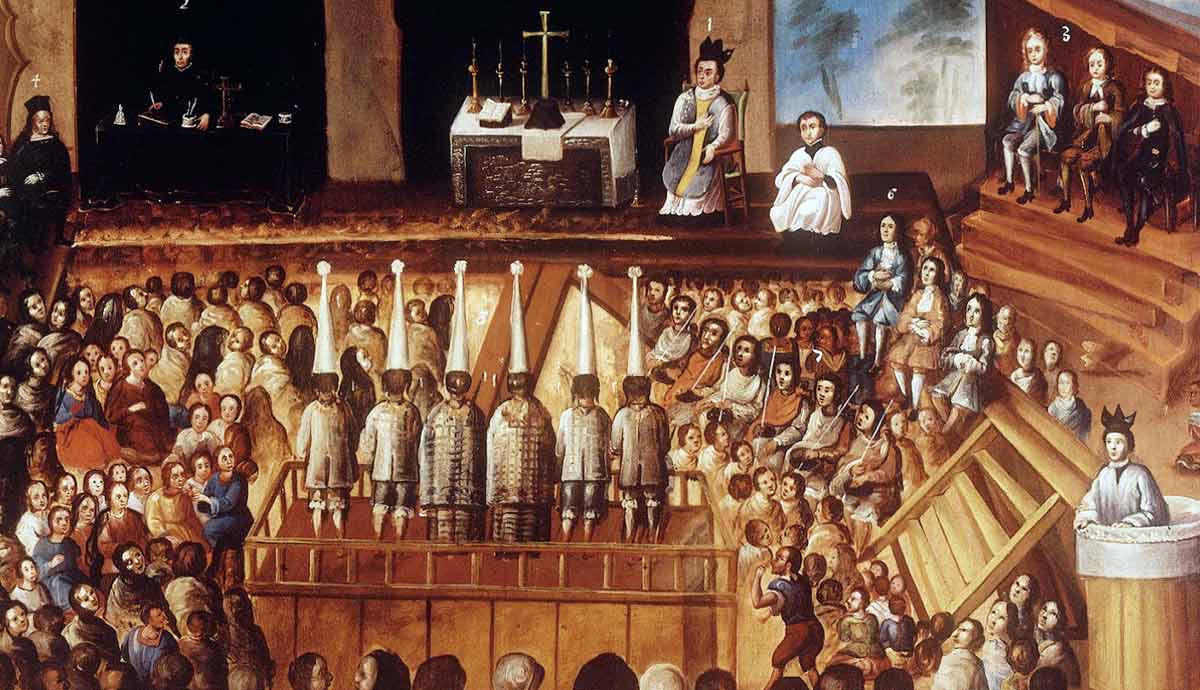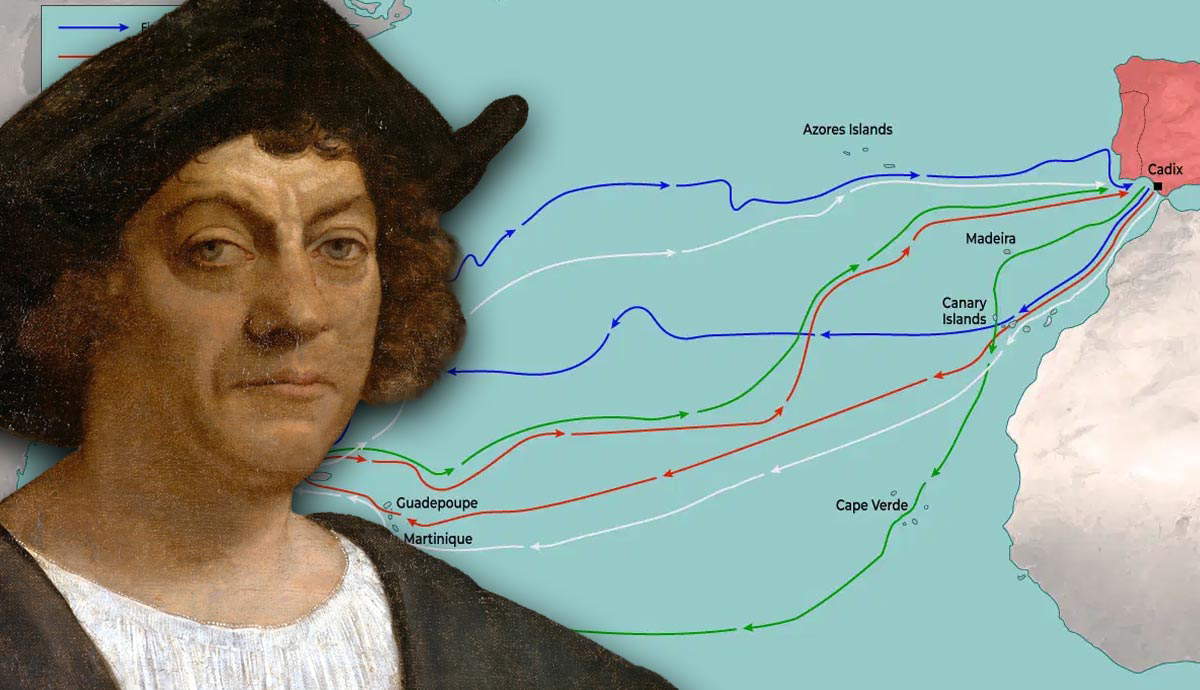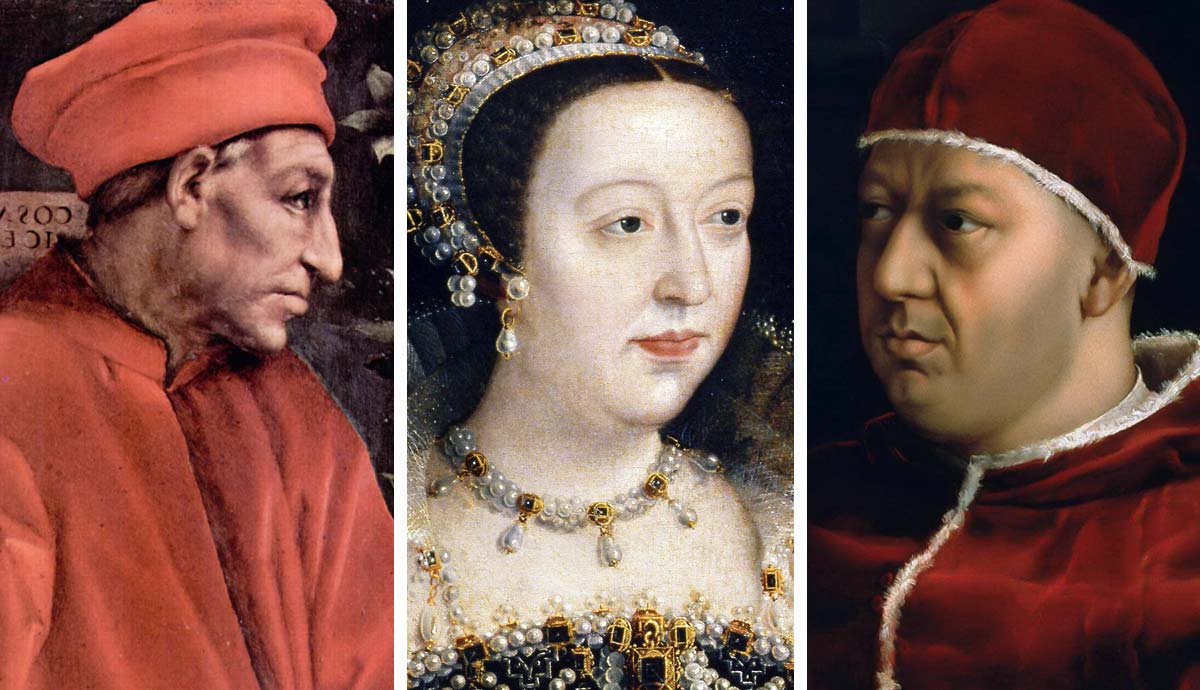
For anyone interested in Italian history and Renaissance art, the Medici family is a mandatory part of their studies. Besides leaving their mark on the political and cultural life of Florence and Europe, they managed to rule Florence, more or less successfully, without a crown for around 300 years. Using schemes and master plans, they extended and disseminated their presence at almost every European court. Some of their members were talented politicians, businessmen, queens, and popes! This article will explore the most prominent members of the Medici family.
1. Giovanni de’ Medici (1360-1429)
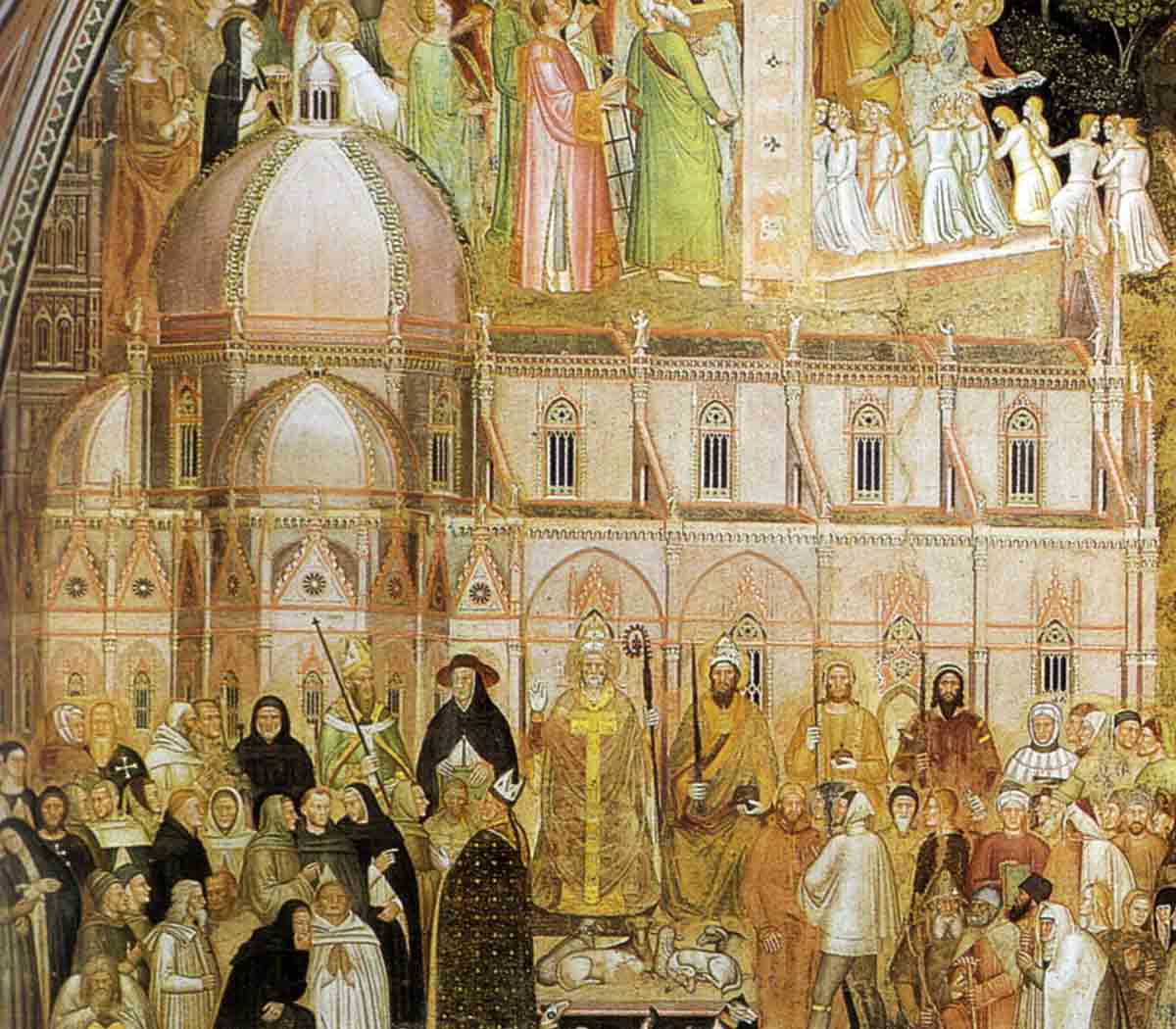
Although Giovanni di Bicci de’ Medici was not the first of that name, he is considered the founder of the Medici dynasty, which is true to a certain extent. After inheriting the family’s business, he started his branch of the Medici house, but more importantly, he shifted his family’s outlook.
Giovanni established the Medici Bank and became a very rich man. Thanks to his smarts and keen business ideas, within several years, Giovanni’s bank was among the leading European financial institutions, working with aristocrats and even the pope. Through expansion, the Medici family was able to become one of the most influential forces in terms of economy and politics.
How did Giovanni revolutionize the banking system? He was taught business by his uncle, Vieri de’ Medici, and quickly became a partner in a large bank branch in Rome. When his uncle retired, Giovanni continued the banking company and legally established the Medici Bank in 1397. In the bank, the new implements he used were legal provisions, risk analysis, and extending loans. Thanks to a sound financial policy, the official currency of the Republic of Florence, the florin, was among the most respected coins in Europe.
Giovanni married into nobility; his wife was Piccarda Bueri, and from this marriage, he fathered two sons, Cosimo and Lorenzo. He also embarked on a lifelong tradition of the Medici family supporting artists and scholars. For example, Giovanni commissioned Brunelleschi to remodel a family’s church, San Lorenzo. He passed away in 1429 as a man with the second-largest fortune in Florence, leaving his son Cosimo an enormous wealth and the family’s banking business.
2. Cosimo de’ Medici (1389-1464)
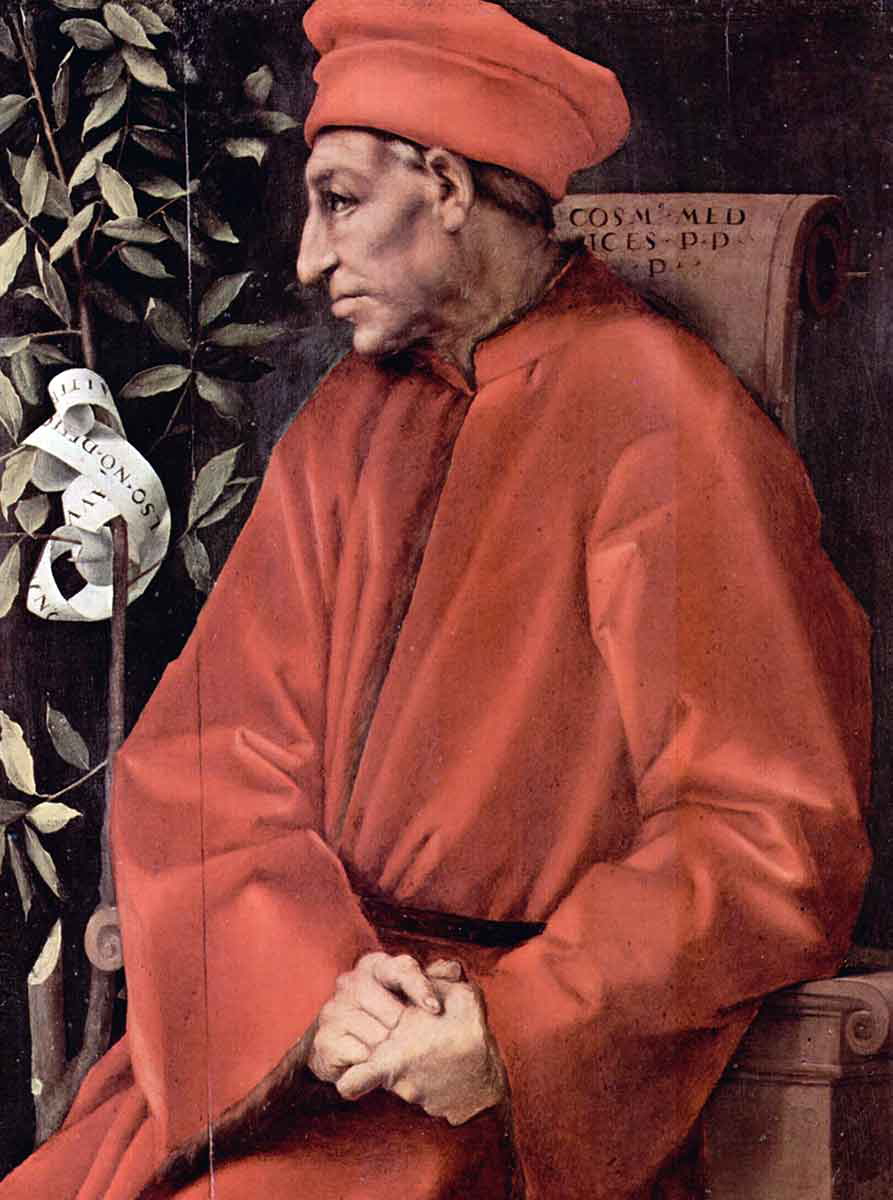
Cosimo was a true son of his father and went on to expand the family business. However, unlike his predecessor, he knew the necessity of becoming a key figure in Florence’s political life. Giovanni never had any interest in politics and, therefore, avoided it; Cosimo believed that banking and politics were linked. Being the wealthiest man in Florence, he rapidly gained influence. As a result, he often opposed some of the most influential families in the city, including the Strozzi and the Albizzi.
Because of his involvement in Florentine affairs, Cosimo was expelled from the republic in 1433. Nonetheless, with the Medici business somewhat supporting the community, the people objected, and he was readmitted after only one year, in 1434. After the return from exile, Cosimo’s confidence was much higher, and he effectively became the ruler of Florence. However, he never held an official title or wore a crown, and the city-state continued to be a republic.
Besides being the official banker for the Vatikan, Cosimo was a religious man. The Duomo, or the Cathedral of Florence, a project he supported, was completed in 1436, for which he was admired in the community. He was also a friend of the arts and science, and founded the Platonic Academy, which was dedicated to studying classical works. Cosimo was given the nickname “The Elder,” a title of respect signifying his power and authority as the patriarch of the family. Some of the best-known historical buildings and works in Florence were made during his lifetime.
Cosimo died in 1464. After his death, he was awarded the title Pater Patriae (Father of the Fatherland). He was succeeded by his son Piero, a sickly man best known as the father of Lorenzo the Magnificent.
3. Lorenzo de’ Medici (1449-1492)
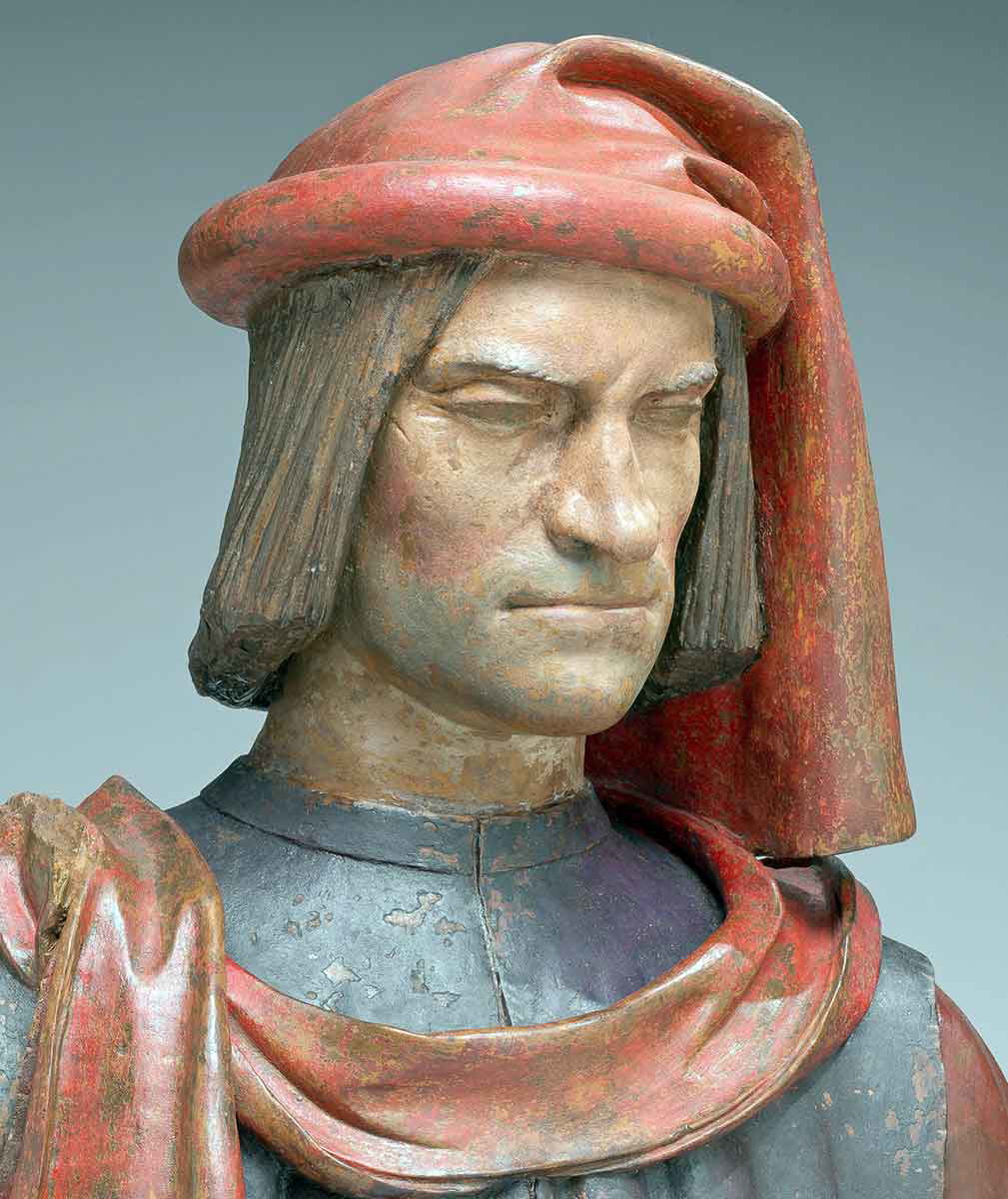
Lorenzo de’ Medici is perhaps the most famous member of the Medici family. He deservedly received the nickname “the Magnificent” and is regarded as one of the prominent representatives of the Renaissance.
His grandfather was Cosimo de’ Medici, and from a young age, he was prepared for the role of a successful businessman, diplomat, and politician. Due to his father’s ill health, Lorenzo also started managing the family business and the politics of the republic while he was under twenty years of age. While he was not the king of Florence, he was a true Renaissance monarch in everything else. But, of course, being so powerful, wealthy, and successful, Lorenzo had some people against him.
In 1478, the bloody Pazzi conspiracy occurred. The plot was led by a Florentine banking family, the Pazzi, against Lorenzo and the Medici family. The conspirators were able to eliminate Guiliano, Lorenzo’s younger brother, while he barely survived. As any pragmatic ruler would do, Lorenzo used this sad event to make himself even more powerful in the Republic of Florence.
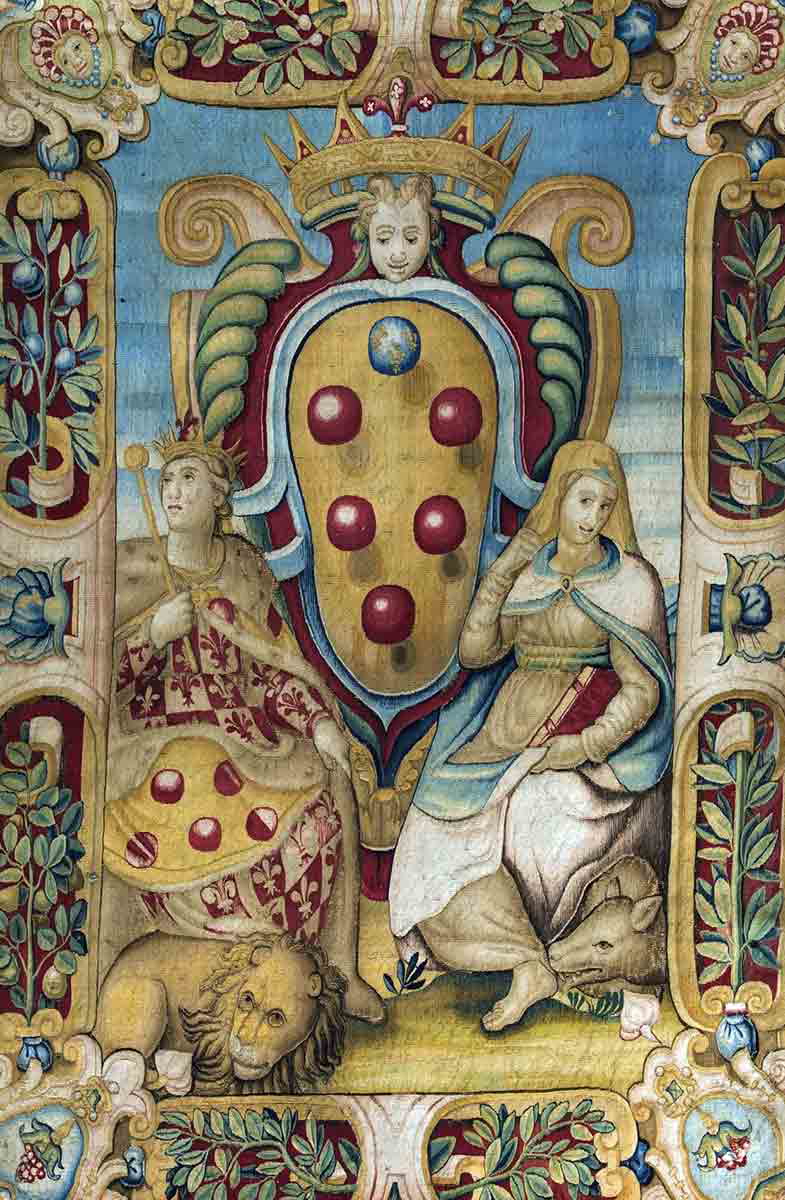
Apart from being an intelligent politician and a businessman, Lorenzo is best known for his extraordinary patronage of the arts and sciences. He proudly supported some highly regarded artists such as Michelangelo Buonarroti and Sandro Botticelli. As his grandfather, Lorenzo championed scholars and philosophers. He was the main financier to Marsilio Ficino in the quest to translate Plato’s work and make classical writings accessible to curious minds. While Florence was a center of the Renaissance before Lorenzo, during his time, it became a vibrant city full of people who embodied the ideals of humanism—artists, poets, and opportunistic businessmen.
The “Magnificent” died too soon, at the age of 43. His death marked a turning point for the Medici family and Florence. On the brink of a new age, at the end of the 15th century, Florence started losing some of its influence and power. However, the Medici quickly shifted. Indeed, Lorenzo’s political maneuvering and cunning diplomacy led his family directly to Rome and his son to become the pope!
4. Pope Leo X (Giovanni de’ Medici, 1475-1521)
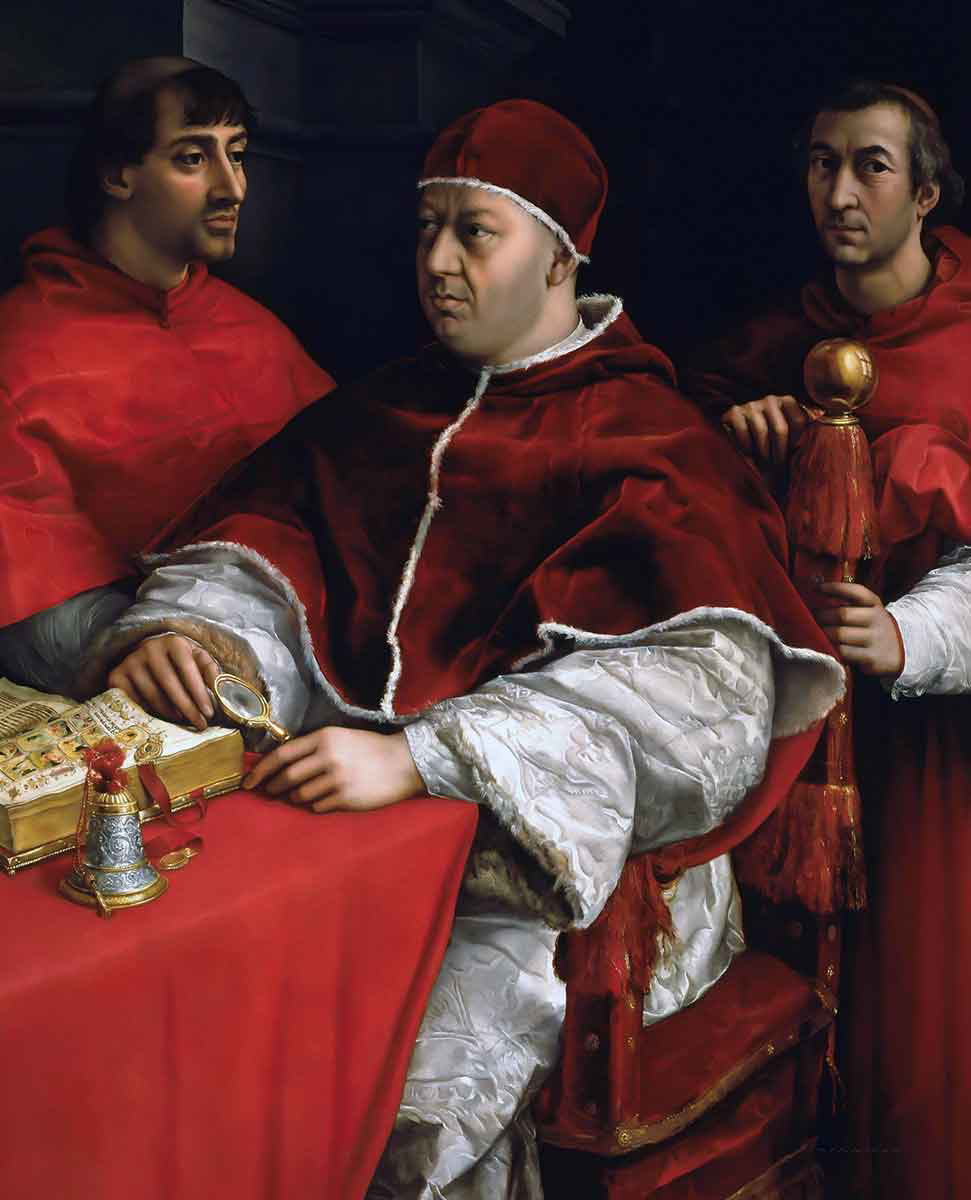
Pope Leo X was the son of none other than Lorenzo the Magnificent. His father left the family business to his older brother, and, at the time, one of the most common options for younger male children was a life in the Catholic Church. However, he was still a Medici, and nepotism and his powerful name played a big role in his career. The family’s prospects greatly benefited from having a man directly in the Papal States, so Giovanni’s roles ranged from diplomacy to administration. Although he was officially a “man of God,” a hedonistic lifestyle was often associated with Giovanni.
Giovanni was elected pope at the papal conclave on March 9, 1513, and chose the name Leo X. Unfortunately, he was not remembered as a capable pope. Leo X was not able to realize that the Catholic Church required change and reform. Church leaders were often corrupted and compromised, which resulted in one of the most consequential moments in history—the Protestant Reformation. In this period, Martin Luther emerged as the leader of the Protestant movement and published his Ninety-Five Theses in 1517. After Leo X excommunicated Luther in 1520, the Protestant Reformation took off.
Leo X died in 1521 as one of the infamous Renaissance popes, famous for their opulent and decadent lifestyles. In true Medici fashion, he continued the patronage of the arts, and the Vatican acquired some of its most famous works of art during his tenure. For example, Raphael completed the so-called Stanze di Raffaello (Raphael Rooms) in the Apostolic Palace, and Michelangelo was commissioned to continue working on St. Peter’s Basilica.
5. Catherine de’ Medici (1519-1589)
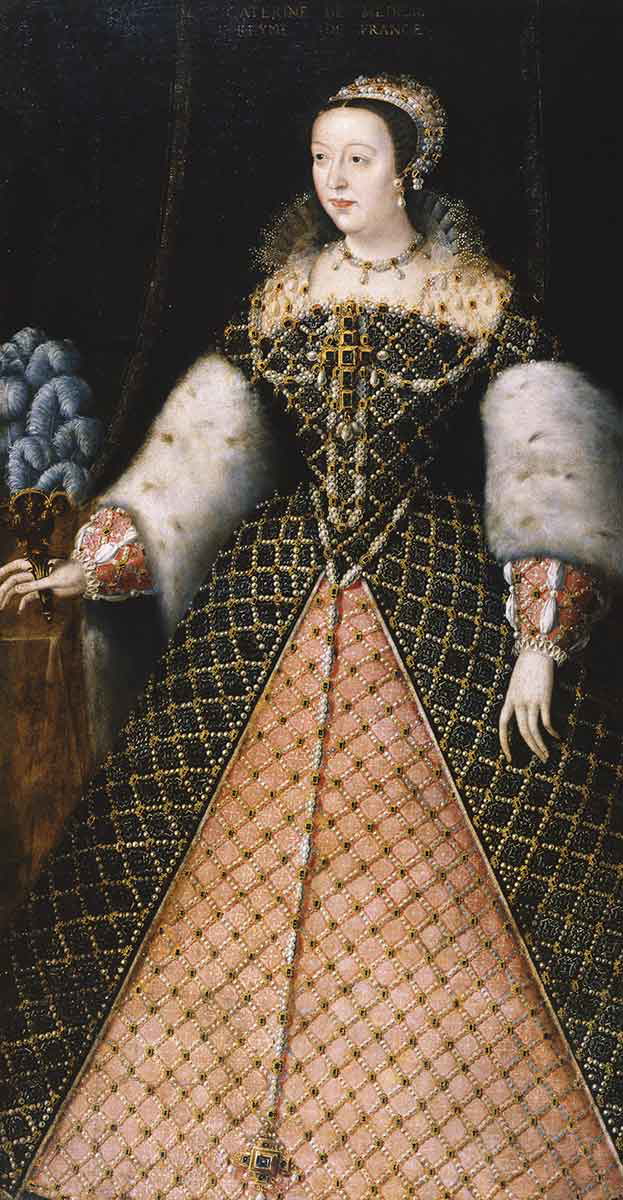
It should go without saying that the 16th century was a challenging time for being a woman. However, even with the odds against her, Catherine de’ Medici managed to turn difficult circumstances into political gains.
She was a daughter of Lorenzo de’ Medici, Duke of Urbino, and sent to the French court when she was 14 years old. As a woman from a powerful family, Catherine’s life was already decided by her arranged marriage to Henry, Duke of Orleans. Due to unexpected events, her husband became King Henry II in 1547, and she became the Queen of France. However, it was after the king’s death her political involvement started. Her son died soon after coming to the throne, and Catherine became the regent and de facto ruler in her younger son’s name.
In the 16th century, Protestantism and religious conflicts did not bypass France, where Protestants were known as Huguenots. The Protestants were under constant attack by the Church and the Catholics. Since the Medici family was close to the Papal States, Catherine supported the Catholic faction in dealing with the Huguenots.
During her time as the queen of France, one of the bloodiest events in French history took place. On St. Bartholomew’s Day in 1572, there was an anti-Protestant plot, and thousands of Huguenots were murdered during a massacre. Historians are still debating how much she was involved in this event, but one thing is certain: the violence happened while she was in a place of power.
Even after her sons became old enough to rule without a regent, Catherine stayed a powerful voice in French politics. She was a trusted advisor and helped them in dealing with domestic and foreign politics. She died in 1589 and is remembered as an insightful political mind and ruthless ruler.
The Legacy of the Medici Family

When talking about the morals and characters of the Medici family members, it would be reductive to discuss them through black-and-white lenses. They were far from perfect people and were portrayals and representatives of their time.
They embodied the Renaissance ideals, and their inputs to society went from economic to cultural and religious. They also contributed to some of the progressive practices in the business world, such as double-entry bookkeeping and letters of credit. Their bank rose to unseen success, making them powerful players in Italian and European politics. With advances in business and political life, they quickly came into a position to make arrangements with other political rulers and spread their influence far beyond Florence, reaching the Papal States, France, and other Italian city-states.
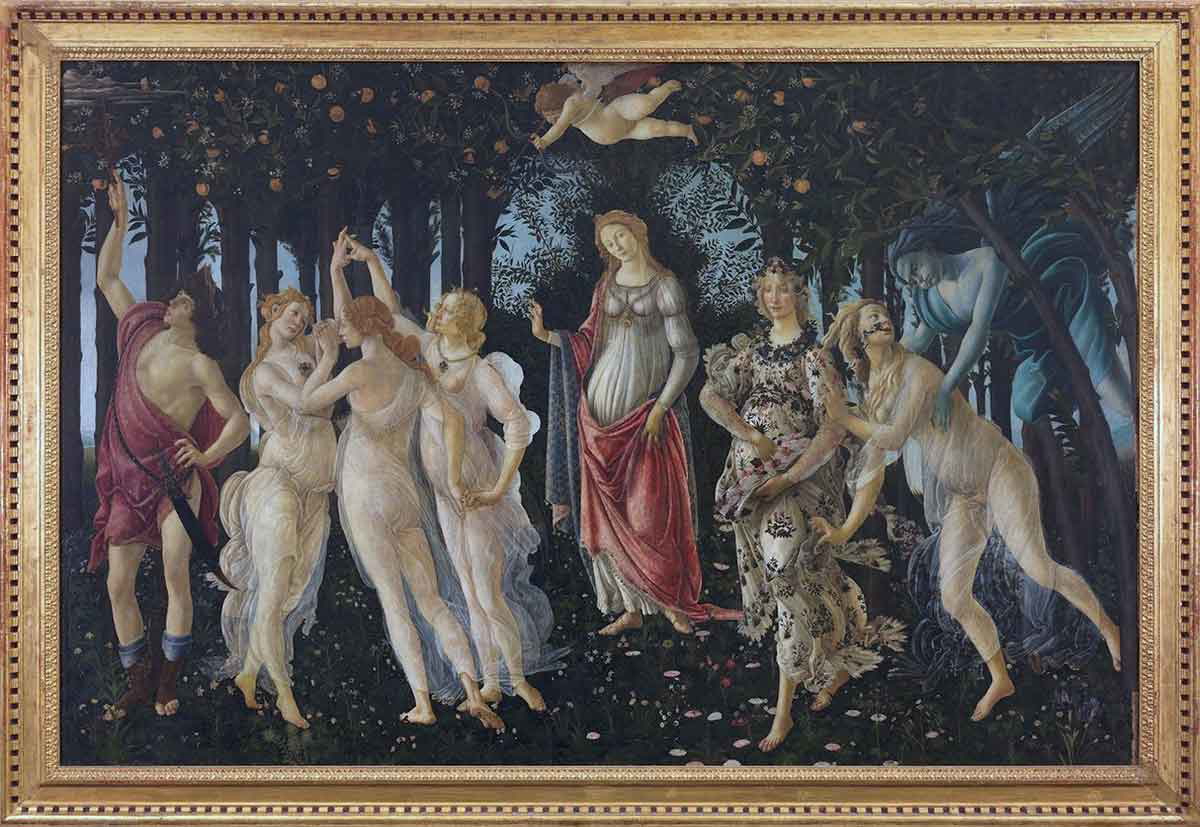
Above all, the Medici family’s greatest achievement was the support and patronage of Renaissance artists and scholars. Historians are even debating whether the Medici are responsible for the Renaissance itself! One thing is certain: without them, some of the most famous works of art from the Renaissance era would never exist. They are credited for making Florence the Renaissance mecca, the center of cultural and intellectual development in the 15th and 16th centuries.
Whether they supported and protected artists such as Michelangelo or Donatello to achieve greatness or influenced the Church and the European continent’s politics, the legacy of the Medici family is undeniable and everlasting. It would be almost impossible to imagine a modern-day society without some of their contributions.
Further reading:
Hibbert, C.(1999). The House of Medici: Its Rise and Fall. Harper Perennial.
Strathern, P.(2003). The Medici: Power, Money, and Ambition in the Italian Renaissance. Pegasus Books.
